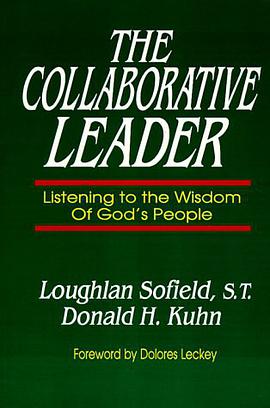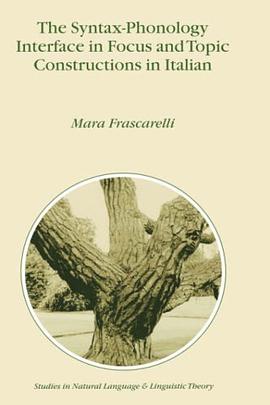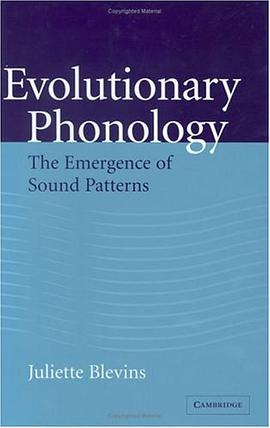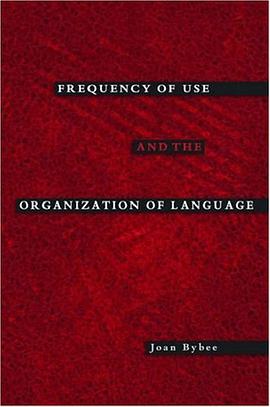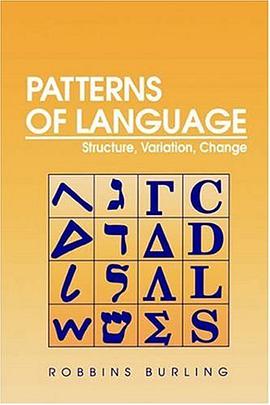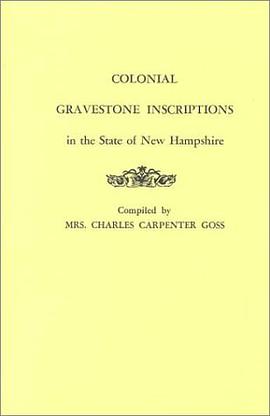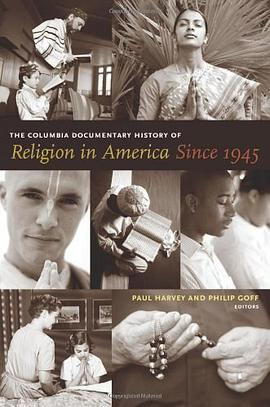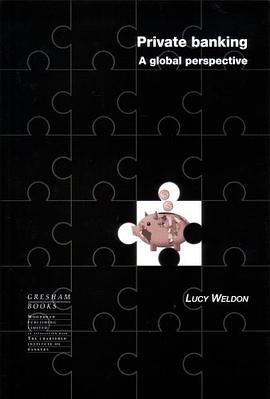

Coleridge tended to view objects in the natural world as if they were capable of articulating truths about his own poetic psyche. He also regarded such objects as if they were capable of illustrating and concretely embodying truths about a transcendent spiritual realm. After 1805, he posited a series of analogical 'likenesses' connecting the rational principles that inform human cognition with the rational principles that he believed informed the teleological structure of the natural world. Human reason and the principle of rationality realised objectively in Nature were both regarded as finite effects of God's seminal Word. Although Coleridge intuitively felt that nature had been constructed as a 'mirror' of the human mind, and that both mind and nature were 'mirrors' of a transcendent spiritual realm, he never found an explanation of such experiences that was fully immune to his own sceptical doubts. Coleridge and Scepticism examines the nature of these sceptical doubts, as well as offering a new explanatory account of why Coleridge was unable to affirm his religious intuitions. Ben Brice situates his work within two important intellectual traditions. The first, a tradition of epistemological 'piety' or 'modesty', informs the work of key precursors such as Kant, Hume, Locke, Boyle, and Calvin, and relates to Protestant critiques of natural reason. The second, a tradition of theological voluntarism, emphasises the omnipotence and transcendence of God, as well as the arbitrary relationship subsisting between God and the created world. Brice argues that Coleridge's detailed familiarity with both of these interrelated intellectual traditions, ultimately served to undermine his confidence in his ability to read the symbolic language of God in nature.
具體描述
讀後感
評分
評分
評分
評分
用戶評價
相關圖書
本站所有內容均為互聯網搜索引擎提供的公開搜索信息,本站不存儲任何數據與內容,任何內容與數據均與本站無關,如有需要請聯繫相關搜索引擎包括但不限於百度,google,bing,sogou 等
© 2025 qciss.net All Rights Reserved. 小哈圖書下載中心 版权所有


